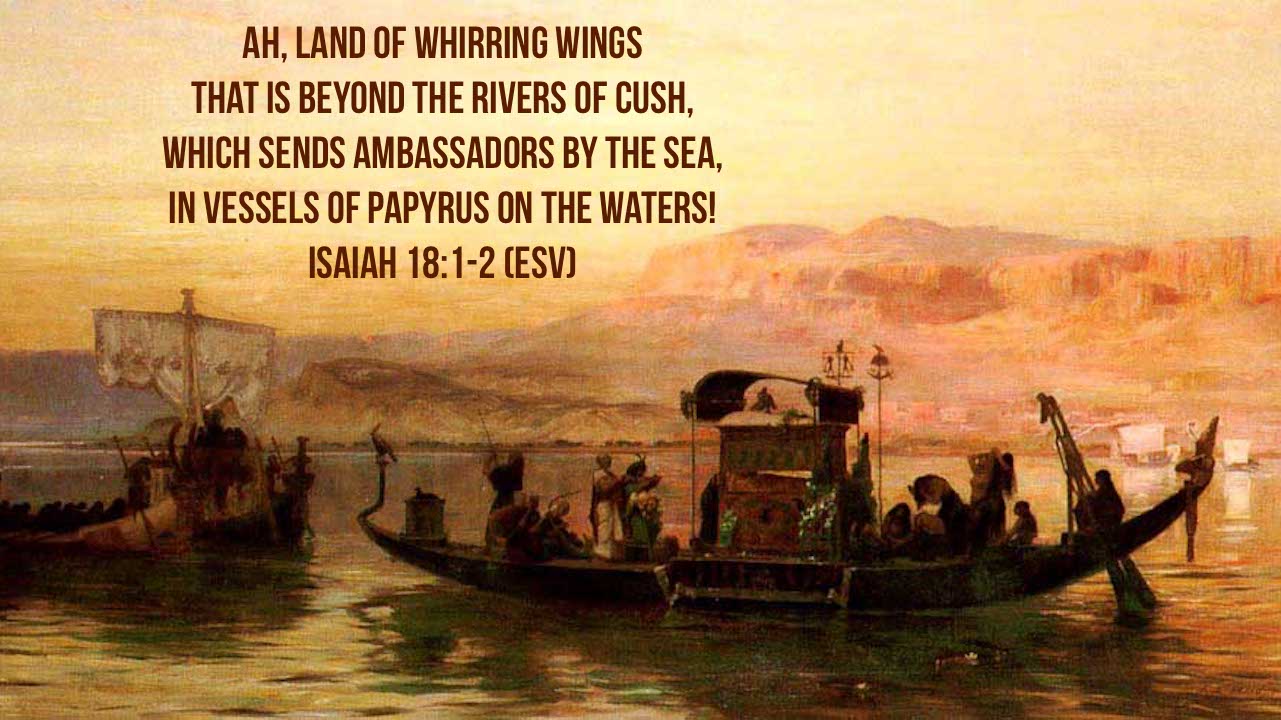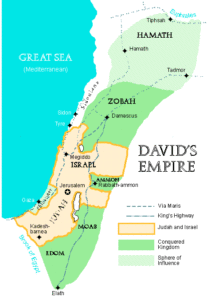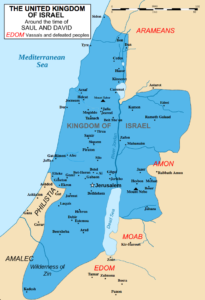Gilbert House Fellowship #376: 2 Sam. 10; 1 Chr. 19; Psalms 20, 50, 53
DAVID’S KINGDOM faced a strong test from his neighbors to the east and north as a coalition of Ammonites and Arameans tried to take down the new Israelite kingdom. Continue Reading





